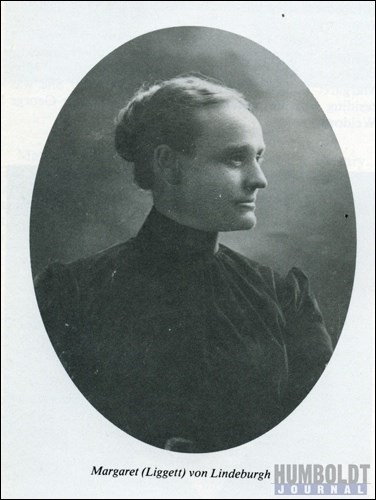They've got Maggie's gun.
The Humboldt and District Museum and Gallery recently received an artifact from Humboldt's earliest history.
The shotgun of Margaret "Maggie" Liggett, who was the sister of Humboldt Telegraph Station operator Catherine Weldon, has been donated to the museum by Liggett's descendants.
The double-barrelled shotgun, which was used in about 1880, is a main character in a rather famous story about Maggie's confrontation with a wolverine near the Humboldt Telegraph Station.
Maggie was the fourth resident at the station, and was described as "a capital shot" as well as a "lively, pretty Irish girl," by the Marquis of Lorne when he visited the site in 1881.
Maggie's prowess as a hunter resulted in an article about her appearing in the magazine Rod and Gun in the late 1800s. It seems she became an expert huntress in one short season, after learning the basics of how to aim, fire and load a gun from her brother-in-law George. It was this skill that saved her life.
One afternoon, she was out in the fields near the station when she was confronted by a wolverine, one of the most dangerous and vicious animals around.
The article in Rod and Gun states that "Between the girl and safety, an appalling distance yawned, and the glare of two hungry eyes, eager-for-blood was before her. Down came the rifle from a careless shoulder, and up went the shining barrel, a quick Irish brown eye, all undaunted, looking along the 'sight' while a firm white finger touched the trigger. As the wolfish teeth snapped, the animal crouched to leap for blood, but it was to receive the lead pellet straight in the middle of its forehead.... Seeing the creature dead before her, the plucky girl turned and fled... Later on, she learned to rejoice over such a splendid field prize."
Maggie's hunting skills continued to develop over her life. She used a rifle to shoot all kinds of wild game, and trophies adorned the walls of the log house at Humboldt.
George - the telegraph lineman there - was gone off on the line for so long, that often Maggie and Catherine were alone at the station with Catherine's baby. It was Maggie who would go out and shoot dinner.
"Maggie became that cool woman way back when," said Jennifer Hoesgen, HDMG curator. "She is a prominent figure in Canadian women's history as far as I am concerned.
In 1884, Maggie married Alfred Lindeburgh and they operated the Kutawa Telegraph office in the Touchwood Hills area.
Over the years between now and then, the gun was believed by some members of the family to have been lost or stolen.
But it turns out the gun was in the possession of Gavin MacKay, the great-grandson of Maggie Liggett, who lives in British Columbia.
The gun had been given to his father, Malcolm, by his mother, Eleena MacKay (nee Lindeburgh) when he was nine years old.
"The shotgun was used by my father to literally bring home dinner, whether it be a duck, a goose or a pheasant. The Depression was in full force and the shotgun served a utilitarian purpose, regardless that, even at that young age, my father loved to hunt," Gavin wrote the HDMG.
From Gavin's earliest memories, the gun was locked in the gun cabinet at their house in Victoria.
"While my aunt, Margaret Seens (nee MacKay) was alive, she indicated to me that Grace Eliasson had approached Margaret about donating the shotgun to the (Humboldt) museum. My aunt knew that I possessed the shot gun after my father, Malcolm MacKay, had passed away. Donating the shotgun to the museum to help enhance local history and that of the province is essentially the right thing to do. However, the person who really incubated the process was Grace Eliasson, with a boot in my pants from my Aunt Margaret," he continued.
Eliasson is another descendent of Liggett, who lives in Saskatchewan. She has been in contact with the Original Humboldt committee for the past few years.
Obtaining this artifact is a huge coup for the HDMG.
"We have a time period that is so short - the Weldons were (in Humboldt) for five years over 100 years ago. The fact that we have a piece from such an important part of our community's history is very rare," said Hoesgen.
The gun will be going on display in the Humboldt and District Museum and Gallery, and will be a part of the June 2 commemoration of the Original Humboldt site.
With the gun will be a bust of Maggie Liggett, created by Garry Jenkins, a member of the Original Humboldt committee.
The bust is the second Jenkins has made in his life. He learned how from Bill Epp, a famous sculptor responsible for the bust of Alexander vonHumboldt which sits outside the HDMG.
"I liked old cars and wanted to learn how to do casting, so I could make parts," he said.
That knowledge combined with an artistic bent and some photos of Maggie from different stages of her life led to Maggie's face taking shape under his sculpting knife.
He made the bust, he said, because MacKay had donated the gun.
"I wanted to show appreciation from the museum," he said, "and do a bust of his great-grandmother."
And what better way to tell the story of Maggie, Jenkins feels, than to have her face there beside this gun that was so important to her.




